- Joined
- Aug 16, 2019
- Messages
- 870
- Points
- 343

I just hope to be able to do just a bit as good as your work when I do mine
Wonderful work



Wonderful work




 |
As a way to introduce our brass coins to the community, we will raffle off a free coin during the month of August. Follow link ABOVE for instructions for entering. |
 |
 |
The beloved Ships in Scale Magazine is back and charting a new course for 2026! Discover new skills, new techniques, and new inspirations in every issue. NOTE THAT OUR FIRST ISSUE WILL BE JAN/FEB 2026 |
 |





Are you planning on building La Couronne?I just hope to be able to do just a bit as good as your work when I do mine
Wonderful work

After 21 models, I don't think you have a thing to worry about.I have the kit for almost 20y
That ship was in the window of my hobby store and for many was admiring the ship
Made 21 models since I got it but never got the courage to start it but soon I think
After I finish the 3 models I have in production

If you have any questions, let me know. I've worked through the weak and sometimes missing information in the instructions, but didn't follow the number tables used to guide you on the rigging. Instead, I used them for reference for lines that were not clear in the drawings, and followed my own pattern adding lines, moving through the drawings in numerical order to keep things organized and clear. Many modifications were made by following the descriptions in R.C. Anderson's book instead of the instructions. The addition of parrels the lines associated with them and redesign of the tops resulted in subtle changes to the shrouds and ratlines, especially the puttocks (futtock shrouds). The relocation of the channels to a lower position below the upper cannon deck, combined with new cannon port locations changed everything about the shroud angles but affected little else.Having built 4 model of Corel in the pas, yes their instructions are not easy to understand some time. But they are real nice when finish it is just a mater of taking our time read the instruction kind of 4 step in advance and go slowly. (Same for Mamoli kit by the way)
The Couronne is one of the 3 from them that I still have in my reserve, got the kit for at least 20 y and never got the courage to start it as it is my kind of dream model to build I have start to build wood ship model because of that ship so will follow your build very carefully

If you have any questions, let me know. I've worked through the weak and sometimes missing information in the instructions, but didn't follow the number tables
short time ago, we started here a short talk about the anchorsCan anyone tell me the most proper arrangement to carry the anchors on La Couronne? According to Wolfram zu Mondfeld, The following four anchors, all the same size but with different names, would be stowed as follows:
Best Bower - fore end of stbd channel
Small Bower - fore end of port channel
Sheet anchor - on stbd channel behind the Best Bower
Spare anchor - on port channel behind the Small Bower
I noted in another source on La Couronne that they stowed two anchors, one on each fore channel, and two more anchors, one on each of the main channels.
Which storage configuration make the most sense, or is the preferred from sources you have seen?
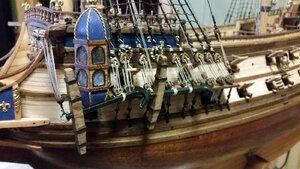
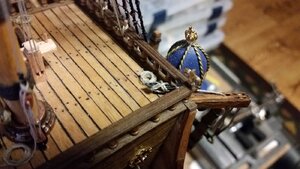
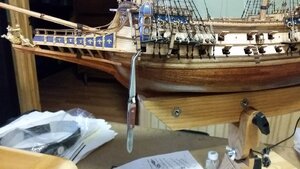

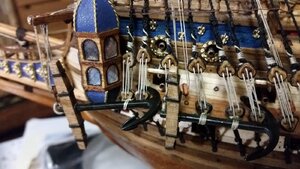
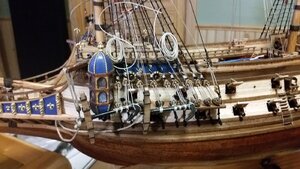
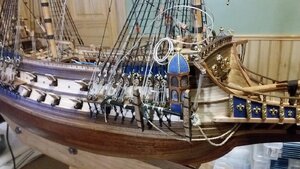
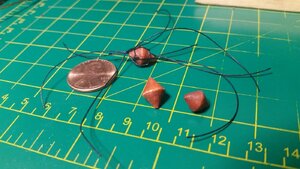
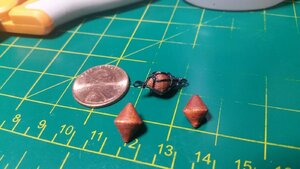
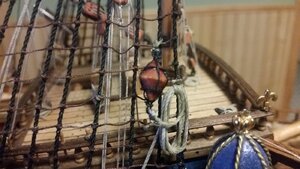
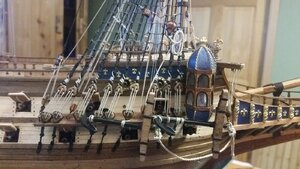
It's not over yet!That is why I like small simple ships for now!
One maybe two anchors and simple rigging!
Kurt
I’m not there yet.9 April 2019 progress on bow turrets. Cut and installed windows.
View attachment 88287View attachment 88288View attachment 88289View attachment 88290View attachment 88291View attachment 88292View attachment 88293
Are you a few steps behind me?I’m not there yet.
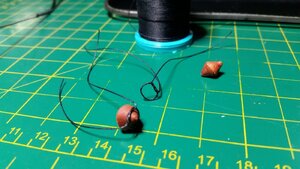
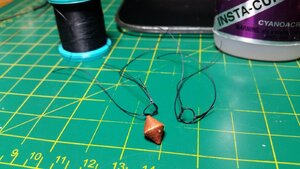
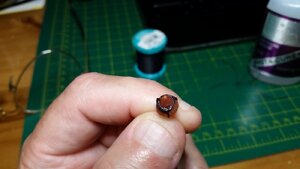

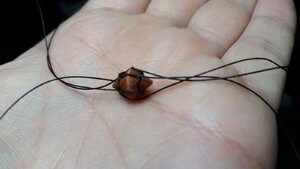
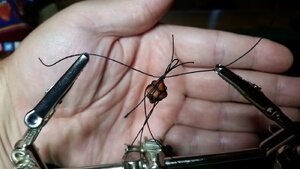
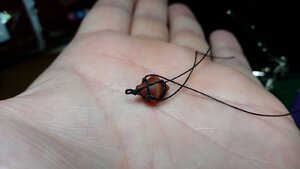
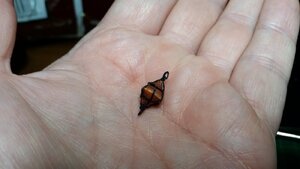
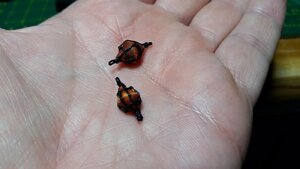
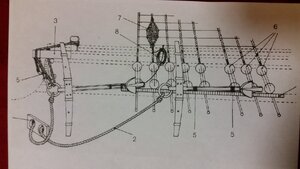
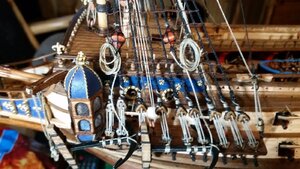

Are the anchor shafts for those mounted at the channel actually lashed to the lower deadeye irons?
